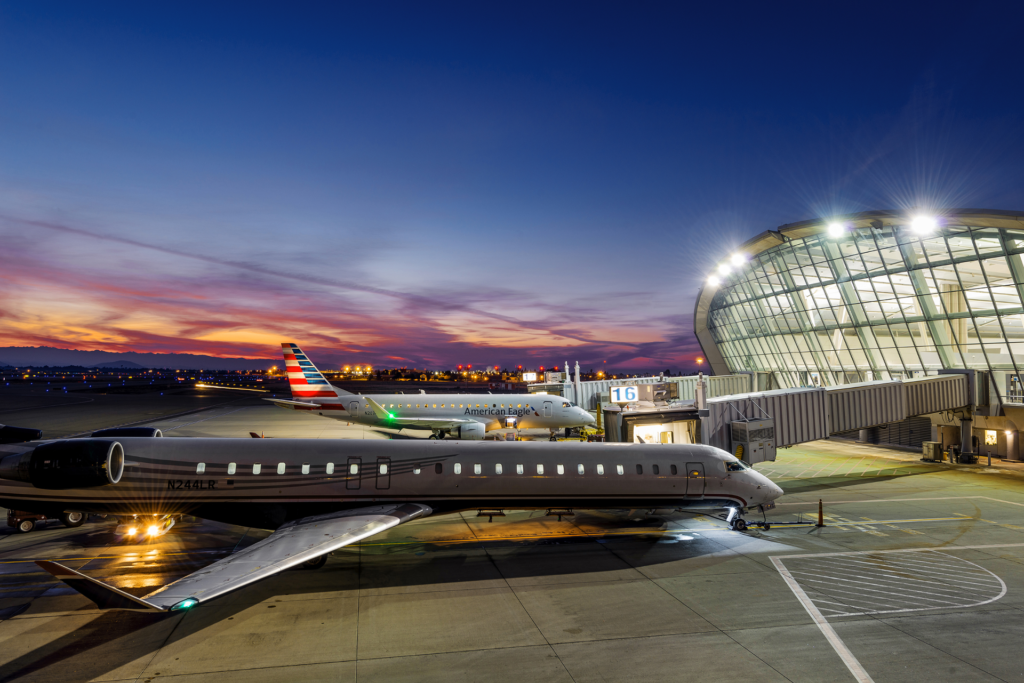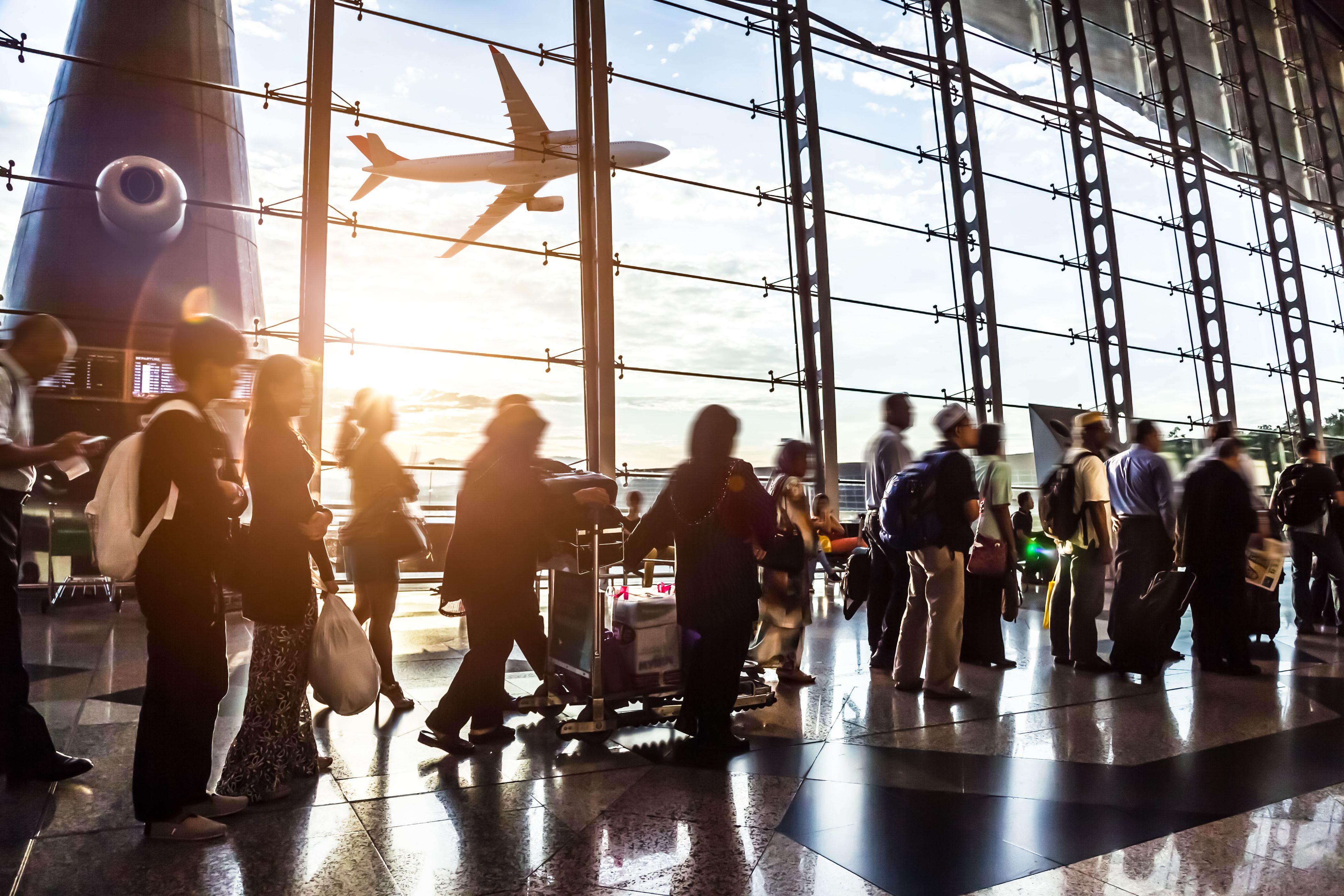Fresno Yosemite International Airport, known as FAT from its International Air Transport Association’s three-letter airport identifier, announced record passenger traffic for 2022, seeing over 2.1 million passengers through its terminals, a 12% increase over 2021 passenger counts. The 2022 numbers are the first to surpass 2019’s pre-pandemic passenger counts, FAT’s previous record when just under two million passengers – 1.96 million – passed through the terminal.
Air travel demand continues to rise
Rebounding airport traffic is a common headline, as airports across the country see rapidly rising numbers in the post-pandemic surge in air travel. However, Fresno’s success stands out, as its year-over-year growth represents 122%, placing FAT’s growth rate as fourth in the Pacific Region and thirteenth nationwide. City of Fresno Mayor Jerry Dyer said:
“I am extremely proud to have one of the fastest growing airports in the nation … I am also extremely pleased with the progress made with our air terminal expansion that will triple our international capacity. Great cities have great airports, and we are well on our way to having a great airport.”
Passenger demand remains strong across the nation and internationally, with the International Air Transport Association recently announcing that domestic travel for November 2022, its latest numbers available, was up 3.4% compared to November 2021. Total November 2022 domestic traffic was 77.7% of the November 2019 level. International travel rose 85.2% versus November 2021. November 2022 numbers reached 73.7% of November 2019 levels.
Load factors help grow flight offerings
The Fresno airport reported a domestic load factor of 83%, with four of the previous six months above 88%. Load factors for FAT are at their highest since 2015. International performance is growing, too, with FAT seeing an increase of approximately 20% in 2022 compared to 2021.
Load factor is a closely watched measure of efficiency in the airline industry, a figure that shows how much available capacity, or available seats, are sold and utilized. Airlines face high fixed costs, so a high load factor can help ensure profitability, incentivizing airlines to expand route offerings to and from productive airports. FAT’s director of aviation, Henry Thompson, had this to say about the numbers and future of the airport:
“Fresno Yosemite International Airport continues to be a top performing airport in recovery and passenger growth spurred by our partner airlines meeting the air service demand for Central Valley travelers … with more travelers using FAT and choosing their hometown airport, Fresno can present a strong case to airline planners about expanded air service opportunities in our market.”
Fresno Yosemite International Airport, a municipally owned entity operated by self-supporting revenue, offers travelers daily nonstop flights to Chicago on a seasonal basis and Dallas, Denver, Las Vegas, Los Angeles, Phoenix, Portland, Salt Lake City, San Diego, San Francisco, Seattle and Guadalajara, Leon, and Morelia in Mexico.
Thanks to solid growth numbers, the airport and its airline partners plan added capacity by increasing flight frequency to Dallas’s DFW on American Airlines, increased frequency to Las Vegas on Southwest, and the anticipated return of daily United Airlines seasonal service to Chicago, starting in the spring.



